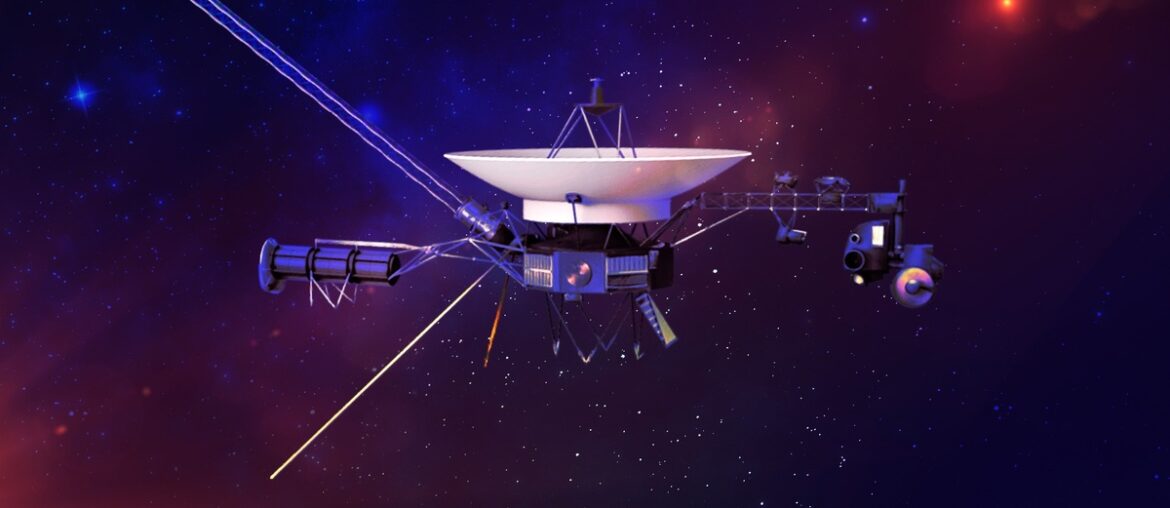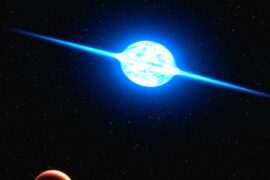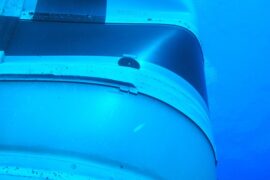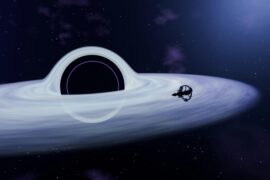In 1977 two robotic ambassadors — Voyager 2 launched August 20, 1977, and Voyager 1 on September 5, 1977 — left Earth on what were meant to be decade-long Grand Tour missions to the outer planets. Decades later they’re still contactable and sending surprising measurements from near and beyond the heliopause: Voyager 1 crossed into interstellar space around August 2012 at roughly 121 AU, and Voyager 2 did the same in November 2018 at about 119 AU.
Despite the clarity of many discoveries, there remain at least ten compelling mysteries surrounding the Voyager probes that shape how we think about the heliosphere, interstellar space, spacecraft longevity, and even human culture. Below are those puzzles, grouped into engineering/mission, heliospheric science, and signals/cultural questions.
Engineering and mission mysteries
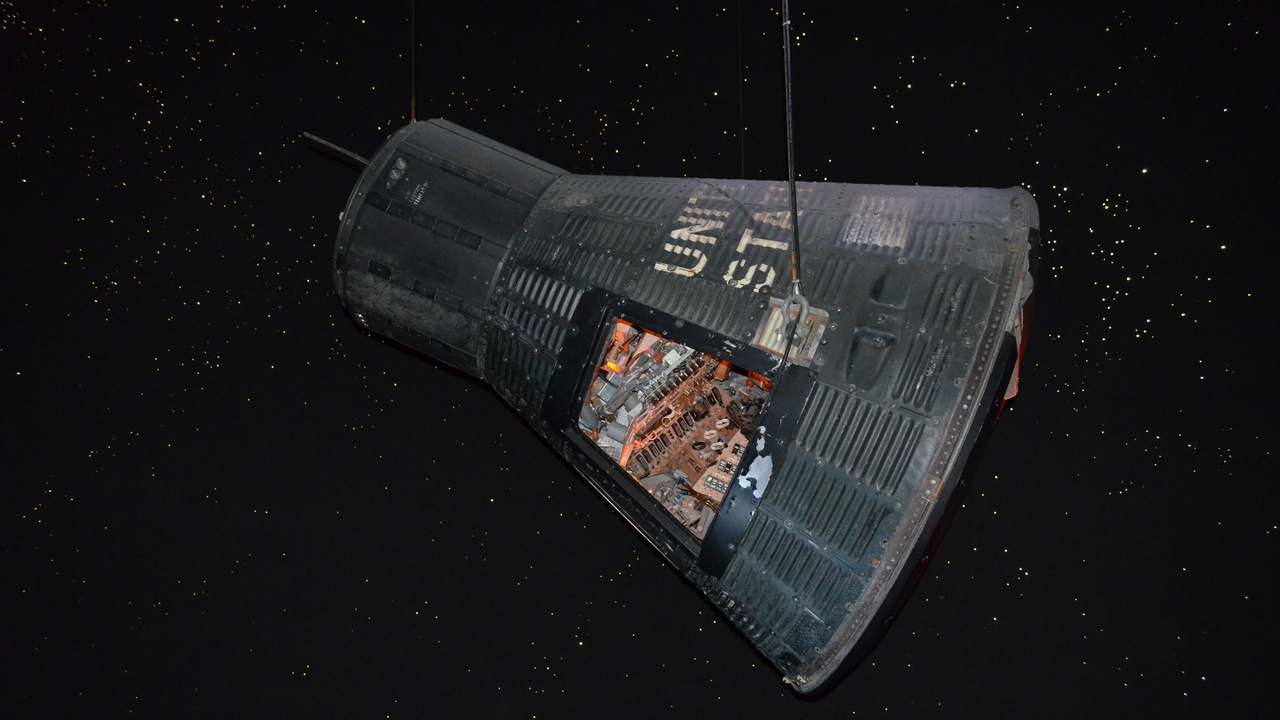
The Voyagers launched in 1977 and remain contactable today because of deliberate conservative engineering, redundancy, and careful operations from Earth. The hardware has aged, telemetry is sparse, and every watt and milligram of propellant matters, so the engineering mysteries center on how the probes have physically performed far beyond their nominal lifetimes.
1. Why have Voyager’s power systems outlived expectations?
Radioisotope thermoelectric generators (RTGs) on each spacecraft produced roughly 470 watts at launch and have decayed by a few watts per year since then, yet they still supply enough electricity for limited science and communications decades later.
Engineers extended operations by planning conservative power budgets from the start and by progressively turning off nonessential heaters and instruments in staged steps. That slow, deliberate shutdown schedule has kept core instruments such as the Magnetometer (MAG) and parts of the Plasma Wave Subsystem (PWS) usable far longer than many expected.
The lesson for future deep-space missions is clear: modest margins, simple hardware, and staged power-management plans can buy decades of science for outer-planet missions or landers that rely on RTGs.
2. The mystery of intermittent telemetry anomalies
From time to time the Voyagers produce brief telemetry glitches, noisy instrument readouts, or unexpected state changes that are hard to diagnose when a one-way light time is many hours.
Aging electronics, cumulative radiation exposure, and rare software state-machine interactions can all create transient faults. Ground teams use redundant telemetry, on-Earth simulations, and the Deep Space Network’s long monitoring windows to reproduce and triage issues, but some patterns remain only partially understood.
Those unresolved anomalies drive improvements in fault-tolerant designs and operational procedures for future probes that will operate far from Earth with even longer delays and lower bandwidth.
3. How do the Voyagers stay precisely trackable and oriented for decades?
Accurate antenna pointing is vital when data rates are tiny at tens of astronomical units, and yet both probes have maintained pointing despite old thrusters and shrinking propellant margins.
NASA uses carefully timed, low-rate thruster burns, tight fuel accounting, occasional software commands uplinked via the Deep Space Network, and historical use of star trackers and Sun sensors to preserve antenna alignment. Tracking via the DSN also refines trajectory solutions and attitude needs.
The practical takeaway for future missions is to favor simple, propellant-efficient attitude schemes and to develop more autonomous systems that can manage pointing without frequent ground intervention.
Heliosphere and interstellar medium mysteries
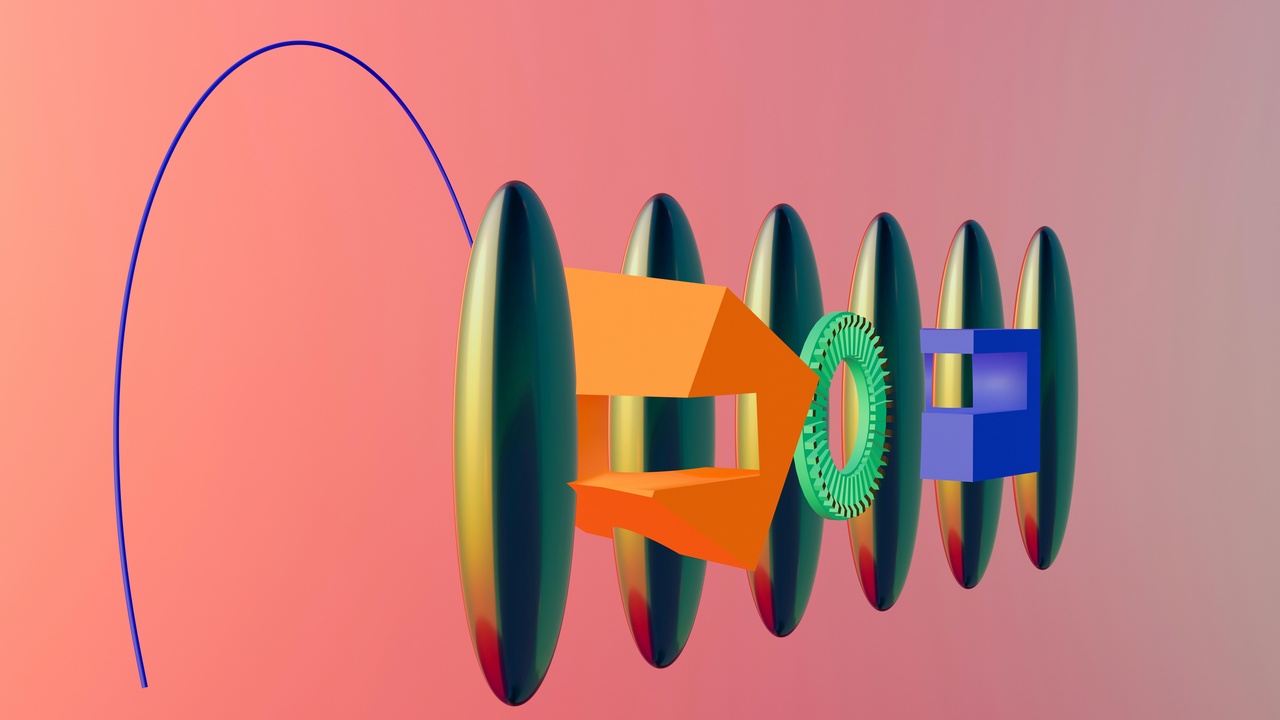
The heliosphere is the bubble carved by the solar wind around the Sun, and the heliopause marks the boundary with the local interstellar medium. Because Voyager 1 and Voyager 2 made in situ crossings (Voyager 1 in 2012 at ~121 AU and Voyager 2 in 2018 at ~119 AU), they provide unique data that continue to surprise. These mysteries of the Voyager probes reshape models of stellar bubbles and how cosmic rays are modulated near stars.
4. Where is the heliosphere’s bow shock?
Many pre-flight models predicted a bow shock ahead of the heliosphere where the solar system plows into interstellar gas, but Voyager instruments did not detect a strong, well-defined shock in the local environment.
Possible explanations include a slower or less dense local interstellar flow than assumed, a blunt heliospheric nose that smooths any shock, or magnetic conditions that transform a shock into a weaker, broader feature. Voyager PWS and MAG data have been central to these assessments.
The presence or absence of a bow shock affects how effectively the Sun shields the planets from incoming galactic cosmic rays and informs models of astrospheres around other stars.
5. Why didn’t the magnetic field rotate as expected at the heliopause?
During Voyager 1’s 2012 crossing, scientists anticipated a clear rotation in the magnetic-field direction when moving from solar to interstellar domains, but MAG measurements showed a subtler, more complex signature.
Hypotheses include a layered or porous boundary, mixing of solar and interstellar magnetic flux, and time-variable boundary motions, meaning the heliopause is not a single clean seam but a dynamic, structured interface.
Understanding this boundary is crucial because magnetic topology governs how particles cross into or escape from the heliosphere and thus shapes space-weather effects at large scales.
6. Why is interstellar plasma denser than some models predicted?
The Plasma Wave Subsystem infers electron density from plasma oscillation frequencies, and after each heliopause crossing PWS detected oscillations implying higher electron densities than many prior estimates of the local cloud.
Explanations range from local interstellar cloud inhomogeneities, compression by the heliopause, to higher ionization than modeled. PWS detections after 2012 and 2018 forced a recalibration of how we think about nearby interstellar gas.
Density controls how radio waves propagate and how particles scatter, so these measurements have broad implications for modeling the nearby interstellar medium and cosmic-ray transport.
7. The cosmic-ray puzzle: abrupt changes and unexpected populations
Voyager’s Cosmic Ray Subsystem (CRS) recorded dramatic changes in cosmic-ray fluxes near the heliopause rather than a smooth transition: sharp increases, decreases, and signatures of particle populations not fully anticipated.
Some particles classified as anomalous cosmic rays are thought to be accelerated at the termination shock, but Voyager data suggest acceleration and transport processes are more complex. Local turbulence, boundary layering, and magnetic reconnection may all play roles.
These findings matter for estimating the radiation environment beyond the heliosphere, which affects both robotic probes that will travel farther and the long-term prospects for crewed interstellar missions.
Signals, data, and cultural mysteries

This group mixes human questions about the Golden Record, technical puzzles in intermittent signals, and the long-term destiny of the spacecraft. The Voyagers are scientific instruments and cultural artifacts, and each role raises its own mysteries.
8. The Golden Record: why these choices to represent humanity?
The Golden Record is a curated time capsule containing 55 greetings in different languages, encoded images, natural sounds, and music selections ranging from Bach to Chuck Berry’s “Johnny B. Goode.” A small committee led by Carl Sagan made the selections in the 1970s.
Critics have debated which cultures and sounds were included or excluded, and whether a handful of choices can fairly represent humanity. The record reflects a particular 1970s worldview and raises questions about representation and archival intent when sending artifacts to unknown recipients.
Beyond symbolism, the record is a prompt about how we package knowledge and culture for far-future or nonhuman audiences.
9. What are those intermittent unexplained signals and noise in Voyager data?
Occasionally, telemetry streams include unexpected noise, carrier-phase anomalies, or patterns that can’t be fully explained as ground-based radio interference or known spacecraft behavior.
Engineers separate DSN artifacts from onboard anomalies by cross-checking multiple ground stations, analyzing carrier-phase stability, and using error-correcting codes to see whether corruption occurred in transit or at the source. Still, some patterns remain inconclusive when telemetry is sparse.
These unresolved cases encourage better signal-processing methods and telemetry designs for very-low-rate links that future interstellar probes will need to rely on.
10. The long-term fate: where will Voyager 1 and 2 end up?
Operational planning assumes RTG output will force staged instrument shutdowns through the 2020s, and engineers project that routine contact and some science will likely cease in the mid-to-late 2020s as power margins become too tight.
After that, both probes will coast through interstellar space for tens of thousands of years. Voyager 1 is predicted to pass within roughly 1.6–1.7 light-years of the star Gliese 445 in about 40,000 years, though long-term trajectory predictions are imprecise because of gravitational encounters and galactic dynamics.
Their ultimate destinies are both scientific puzzles and philosophical ones: human-made artifacts adrift in the galaxy, telling a story long after their signals go silent.
Summary
- Voyager crossings of the heliopause (Voyager 1 in 2012 at ~121 AU; Voyager 2 in 2018 at ~119 AU) revealed unexpected boundary behavior that challenges previous models.
- Simple, conservative engineering choices—like RTGs producing ~470 watts at launch and staged power-management—have enabled decades of continued science despite aging hardware.
- The probes’ science instruments (MAG, PWS, CRS) recorded surprising magnetic, plasma, and cosmic-ray signatures that reshape how we model stellar bubbles and particle acceleration.
- The Golden Record highlights that robotic missions carry cultural meaning as well as data, raising questions about representation over astronomical timescales.
- As the Voyagers drift into the future, continued study of their data and support for follow-up missions will refine our picture of the heliosphere and the mysteries of the Voyager probes.
Enjoyed this article?
Get daily 10-minute PDFs about astronomy to read before bed!
Sign up for our upcoming micro-learning service where you will learn something new about space and beyond every day while winding down.

